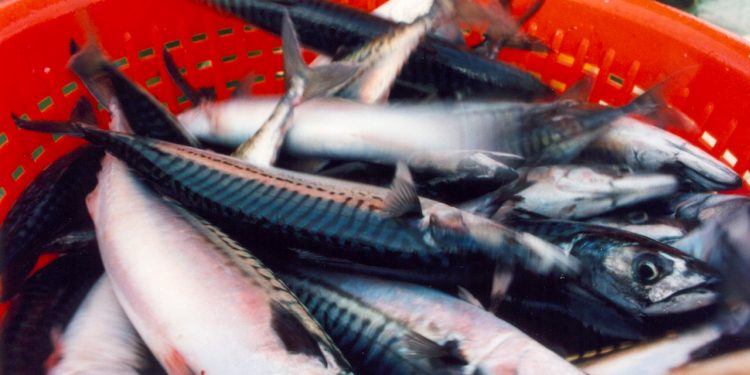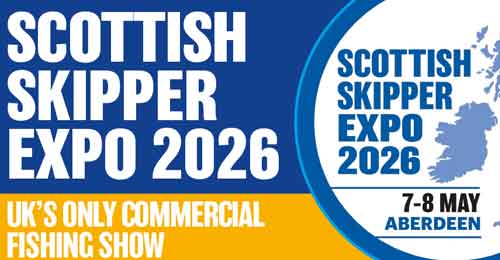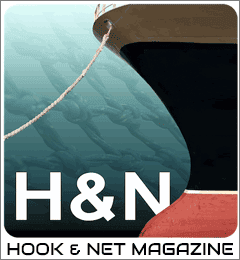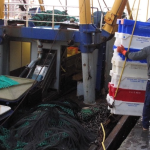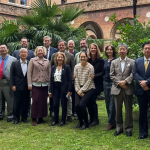A meeting in London between delegations from the European Union, the Faroe Islands, Greenland, Iceland, Norway, the Russian Federation and the United Kingdom has resulted in agreement on TACs for pelagic fisheries for 2022 – but leaves open the crucial question of how those TACs are to be divided.
According to a statement, the parties recognised the need to reach an agreement on quota-sharing arrangements for all three stocks and, therefore, agreed to engage in further work on the matter as early as possible. The delegations also agreed to establish three working groups to analyse and report on the stock and catch distribution of these stocks in the North-East Atlantic.
The stocks under discussion are mackerel, blue whiting and Atlanto-Scandian herring in the North East Atlantic, all of which have been stripped of MSC certification, primarily because of the failure of coastal states to agree on how the TAC for each target species should be divided.
This year quotas have been set on a unilateral basis by the coastal states, and the total significantly exceeds the TACs that the coastal states agree should be adhered to.
For mackerel, the coastal states agreed to set the TAC for 2022 at 794,920 tonnes. This is in line with ICES advice, following the maximum sustainable yield (MSY) approach and is 7% lower than the TAC agreed for 2021.
For blue whiting, the TAC for 2022 was agreed at 752,736 tonnes (19% lower than for 2021) and for Atlanto-Scandian herring the TAC for 2022 was agreed at 598,588 tonnes (8% lower than for 2021).
According to the statement, the agreed TAC levels are in line with the long-term management strategies and follow the ICES MSY advice. It remains to be seen how successful the coastal states will be when they meet next year in agreeing on how to divide these TACs between themselves – assuming any agreement at all can be reached.

